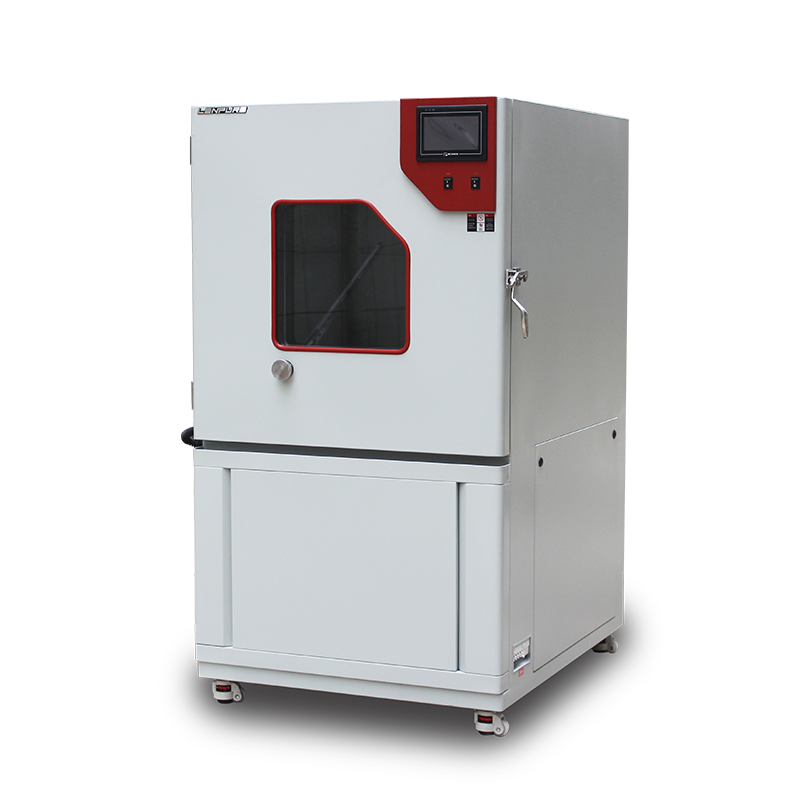

The sand and dust test chamber is used to evaluate the sealing performance of factory-produced products by simulating the erosion caused by natural wind and sand climates. So, how should the equipment be installed correctly? Read on to find out.
There are two key considerations when placing test samples in the chamber:
The volume of the test sample must not exceed 20% of the chamber’s internal volume, and the sample’s base should not cover more than 45% of the normal operating area’s horizontal surface.
If the sample’s size does not meet the above requirement, the relevant standards specify the following three alternative measures:
① Select representative core components of the product, such as doors, vents, mounts, sealing shafts, etc.
② Test another sample with the same structural design details as the original product.
③ Independently test the parts of the product that must remain sealed.

Based on the necessary conditions for the equipment’s normal operation, sample enclosures can be classified into two structural types:
Structure 1: During normal operation, the internal pressure of the product enclosure may differ from the external atmospheric pressure. For samples with Structure 1 enclosures, they should be placed inside the chamber and installed in their normal operating position. Since the vacuum pump connected to the chamber will reduce the internal pressure below atmospheric pressure, the sample enclosure must have a suitable opening. If the enclosure already has a drain hole, the vacuum tube should be connected to it without additional drilling. If there are multiple drain holes, the vacuum tube should be connected to one of them, while the others must remain sealed during testing.
Structure 2: The internal pressure of the sample enclosure is the same as the external atmospheric pressure. For samples with Structure 2 enclosures, they can be directly placed inside the chamber and installed in their normal operating position, with all openings remaining unobstructed.
The placement and requirements for samples in the sand and dust test chamber vary depending on the product type. We hope this guide proves helpful to you.